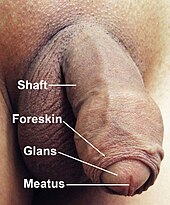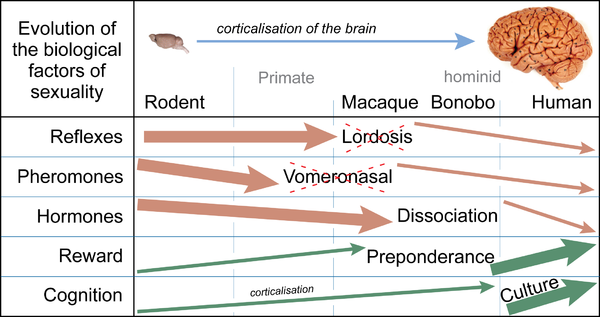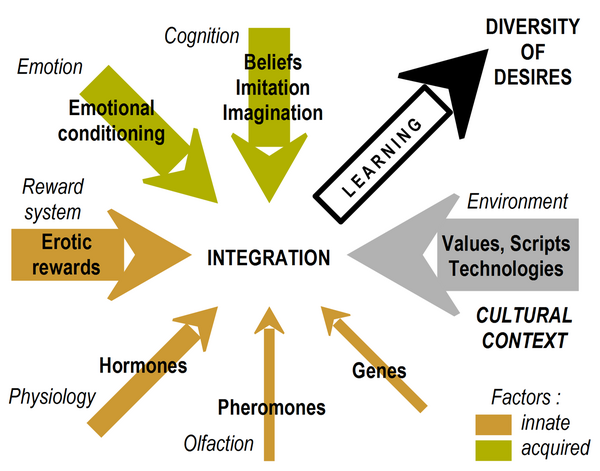Relationships (Outline) |
|---|
Development[edit]
Nature versus nurture[edit]
Gender differences[edit]
Biological and physiological aspects[edit]
Physical anatomy and reproduction[edit]
Brain[edit]
Male anatomy and reproductive system[edit]
External male anatomy[edit]
Internal male anatomy[edit]
Female anatomy and reproductive system[edit]
External female anatomy[edit]
Internal female anatomy[edit]
Sexual response cycle[edit]
Evolution of the neurobiological factors of human sexuality[edit]
Sexual dysfunction and sexual problems[edit]
Psychological aspects[edit]
Sexuality and age[edit]
Child sexuality[edit]
Sexuality in late adulthood[edit]
Sociocultural aspects[edit]
Religious sexual morality[edit]
Attitude by religion[edit]
Sexuality in history[edit]
Reproductive and sexual rights[edit]
Sexual behavior[edit]
General activities and health[edit]
Creating a relationship[edit]
- Flirting, the attraction of the sexual attention of another to encourage romance or sexual relations. It can involve body language, conversation, joking, or brief physical contact.[119] Flirting is a socially accepted way of attracting someone. There are different types of flirting, and most people usually have one way of flirting that makes them most comfortable. When flirting, people can be polite, playful, physical, etc. Sometimes it is difficult to know whether or not the person is interested.[120] Flirting styles vary according to culture. Different cultures have different social etiquette. For example, length of eye contact, or how closely one stands by someone.[121]
- Seduction, the process whereby one person deliberately entices another to engage in sexual behavior.[122] This behavior is one that the person you are seducing would not usually do, unless sexually aroused. Seduction can be seen as both a positive and a negative. Since the word seduction has a Latin meaning, which is "to lead astray" it can be viewed negatively.[123]
Sexual attraction[edit]
Legal issues[edit]
Sexual privacy[edit]
See also[edit]
©Aah.Towfiq
®Atps.Plus™call:- +8801978698786









Comments
Post a Comment
Here all information related to medical and doctoral health is published. Visit any of these languages in your language to see your language.